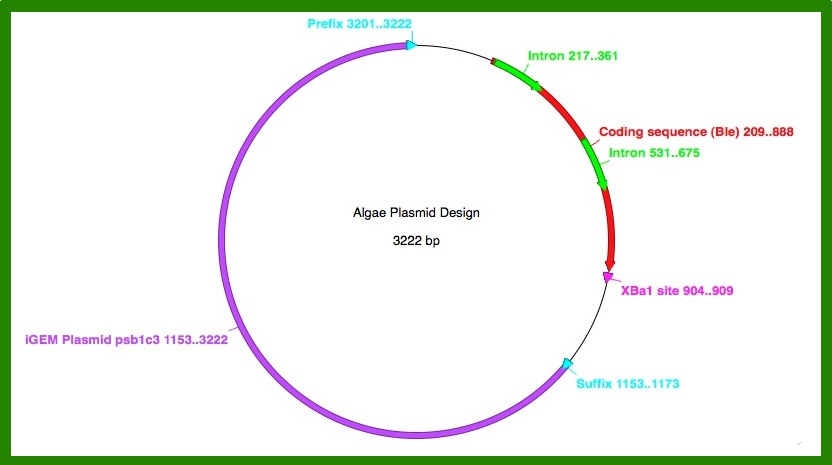Team:UEA-JIC Norwich/Project
From 2011.igem.org
Our Advisors
There are limitations with using plants in iGEM, namely their growth time and their transformations requiring more complex protocols. However, there are good reasons to work with plants because they have post translational modification of proteins, providing a greater range of protein synthesis. Plants are also a major focus of synthetic biology because of the interest in improving plants for crops and fuel.
The aim of our project work with moss and algae is to identify a range of new Biobricks within the registry which are compatible with these species. We hope to include promoters, generators, protein coding sequences, terminators and composites within this selection. To that end, forty Biobricks were transformed into E.coli with a range of functions, from mercury detection to GFP detection proteins, and from RNA thermometers to Wintergreen scent Biobricks. We will then transform these Biobricks into both algae and moss.
We also plan to submit Biobricks containing promoters and terminators specific to both moss and algae. These will be used to attempt to increase expression of the Biobricks we’ve selected. We hope that with this information and relevant promoter and terminator Biobricks available, future teams may be able to tackle plant based iGEM projects, particularly those in moss and algae, with significant foundations already put in place as they currently are for e-coli.
Eukaryotic post-translational modification can be vital for the successful expression of proteins. Post-translational methylation and glycosylation patterns are rarely conserved across species and never across the three Kingdoms of life. Thus, a eukaryotic protein may be produced in a given bacterial species, but due to aberrant or non-existent methylation and glycosylation, will be unable to conduct the wild type functioning of the protein. Eukaryotic model organisms are therefore vital for reflecting the likely outcomes of intregrating systems composed of genes from an amalgamation of species when expressed in a eukaryotic organism.
The program ApE (advanced plasmid editor) was used to visualise the plasmid. We used the Ble gene conferring the Bleomycin resistance cassette for the selection marker. This confers resistance to the Bleomycin family of antibiotics (we used phleomycin to select our transformed cells). One other option we considered was selection by Arginine, but this would narrow down the range of possible algal species future iGEM teams could use, as a strain with a mutated Arginine Biosynthesis gene would have to be used. The Ble gene we used came from the Chlamydomonas Centre (USA). This gene has been adapted for use in eukaryotic organisms, including the insertion of two introns (see above) and the addition of a 5' and 3' untranslated region (UTR). We used PCR (polymerase chain reaction) to extract the gene from the plasmid it came in, simultaneously adding the iGEm prefix and suffix to either end. We encountered difficulties in using the Ble gene, in that it contained an illegal Xba1 site in the 3' UTR. Adhering to the Biobrick assembly standards was very important to us, as we wished to make the accessibility of these two species as easy as possible for future teams. Therefore we plan to use site directed mutagenesis to remove this site.
This vector has been submitted in the form of a Biobrick. For future work, we would hope to design a new Scaffold plasmid, which would include the Bleomycin resistance cassette in place of or in addition to the antibiotic resistance coded in the iGEM plasmid. Having it placed behind the iGEM prefix and suffix would allow Biobricks to be placed directly into the plasmid without consideration for aberrant excision of the Bleomycin selection marker.
 "
"





